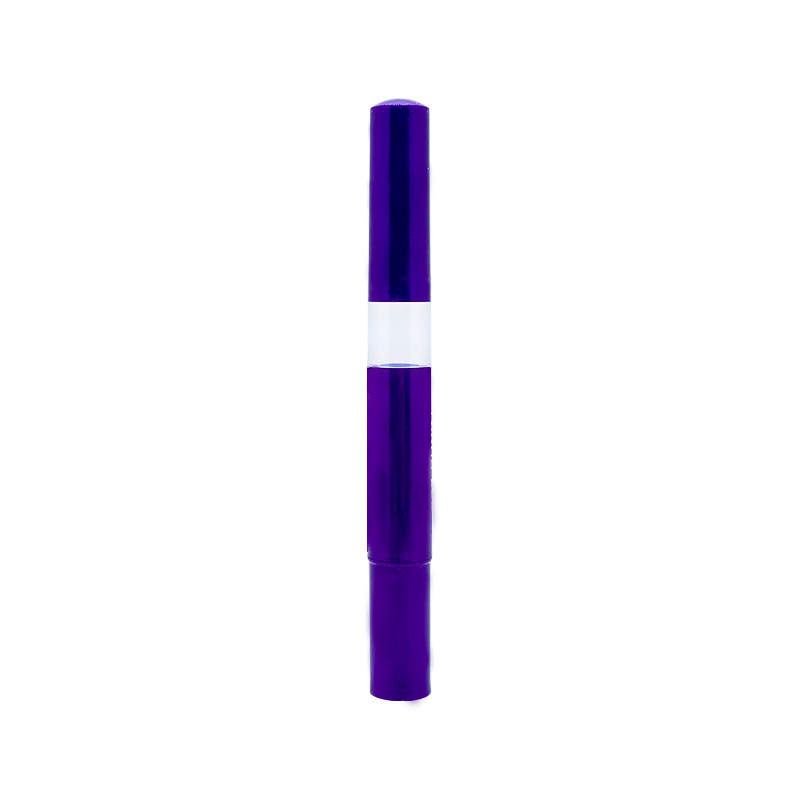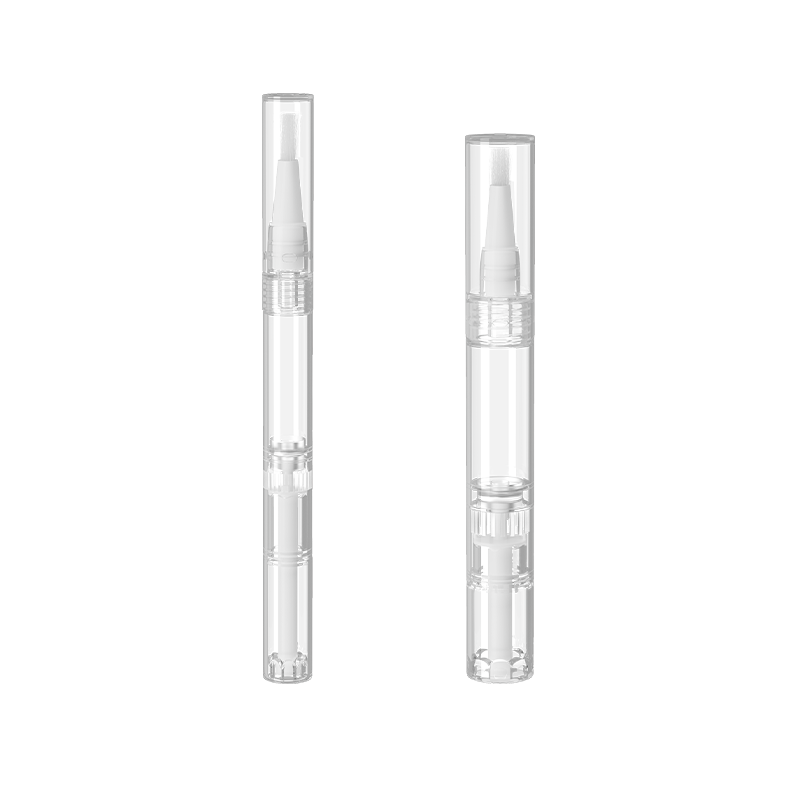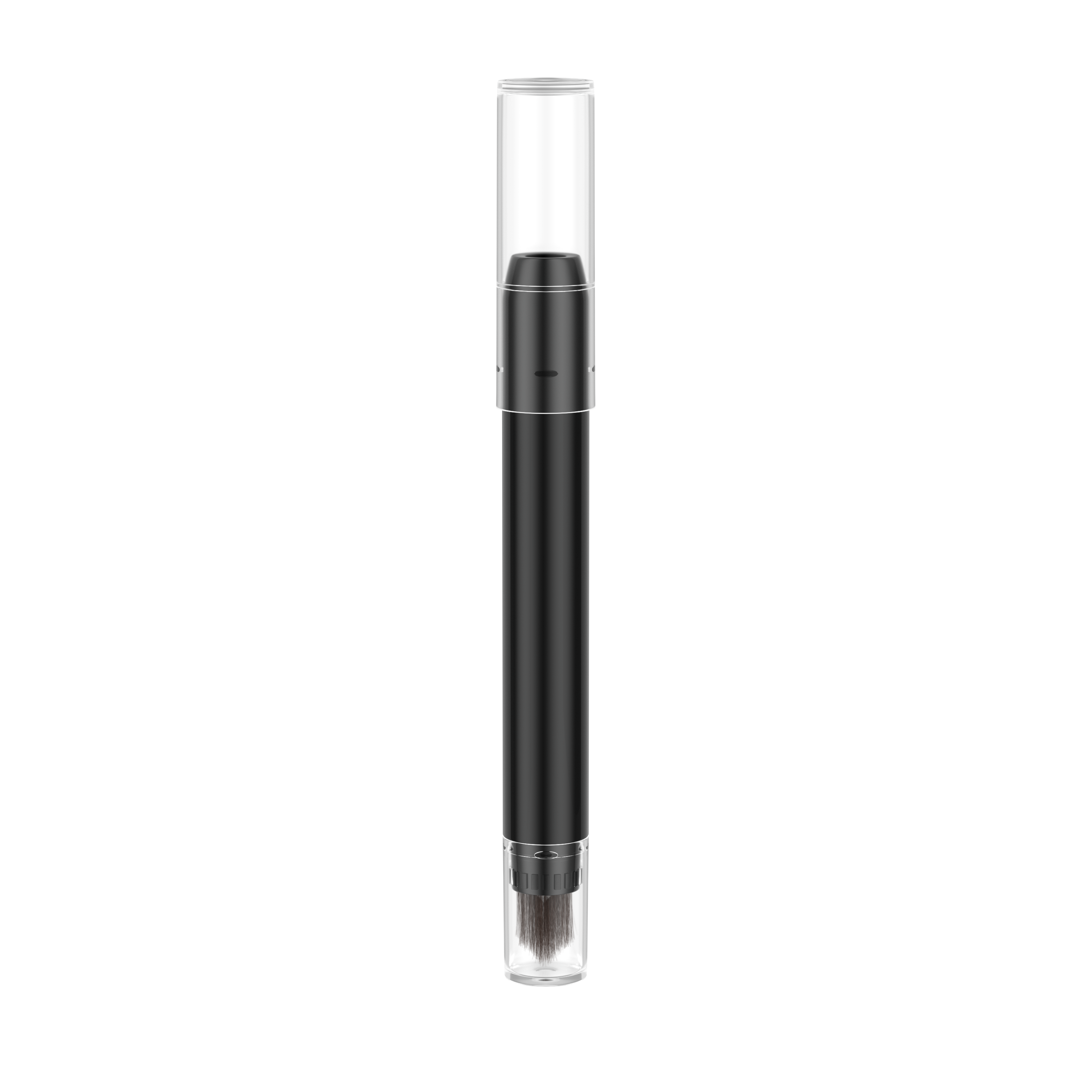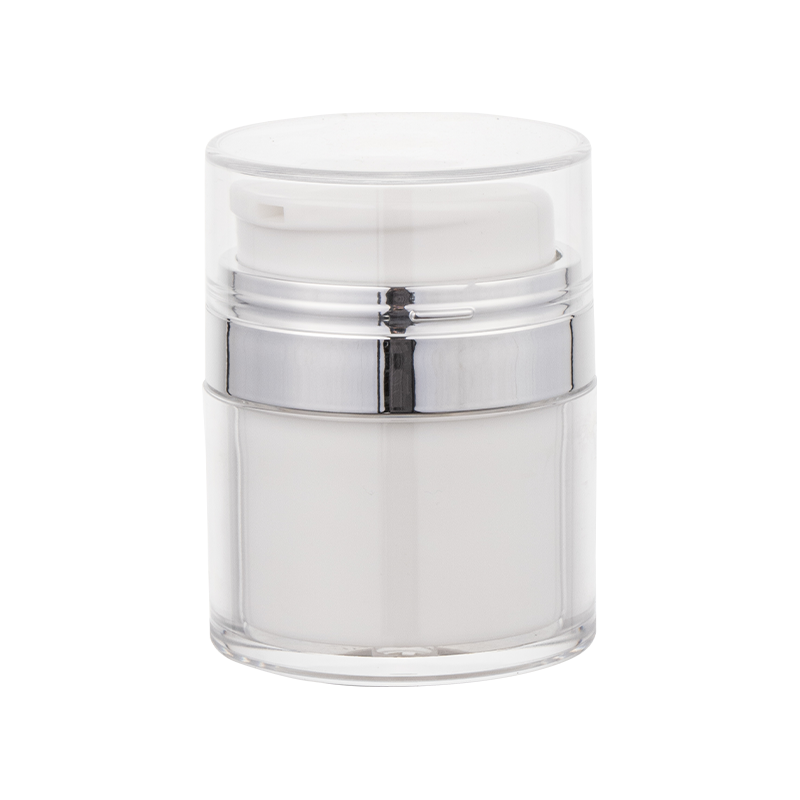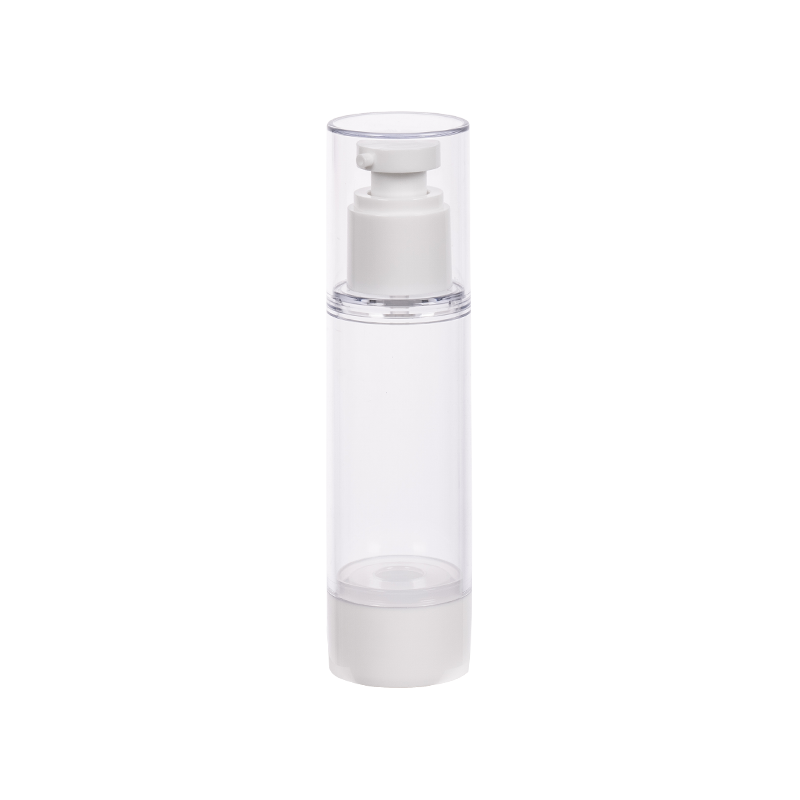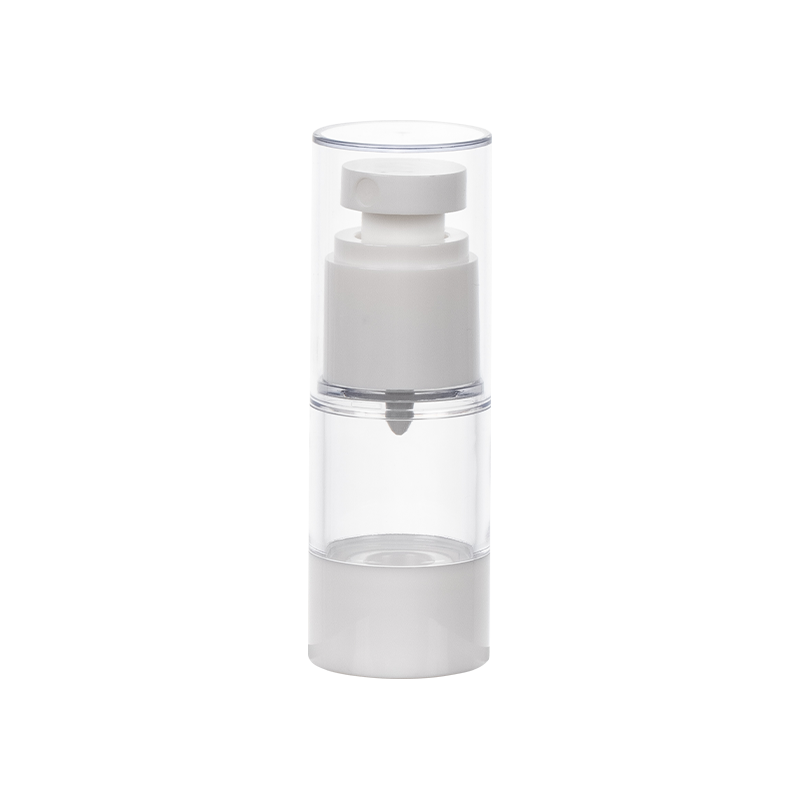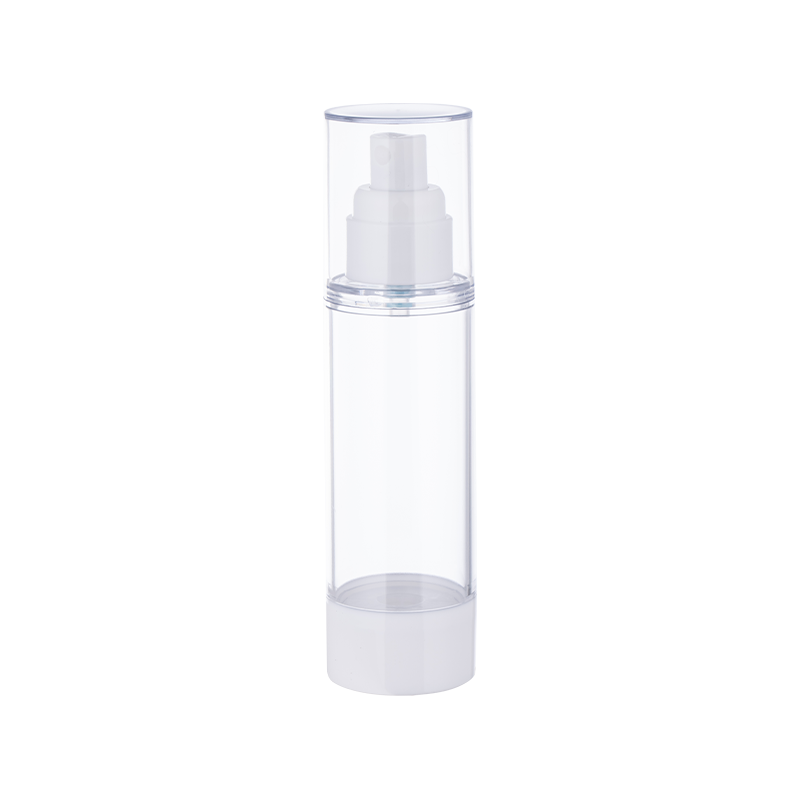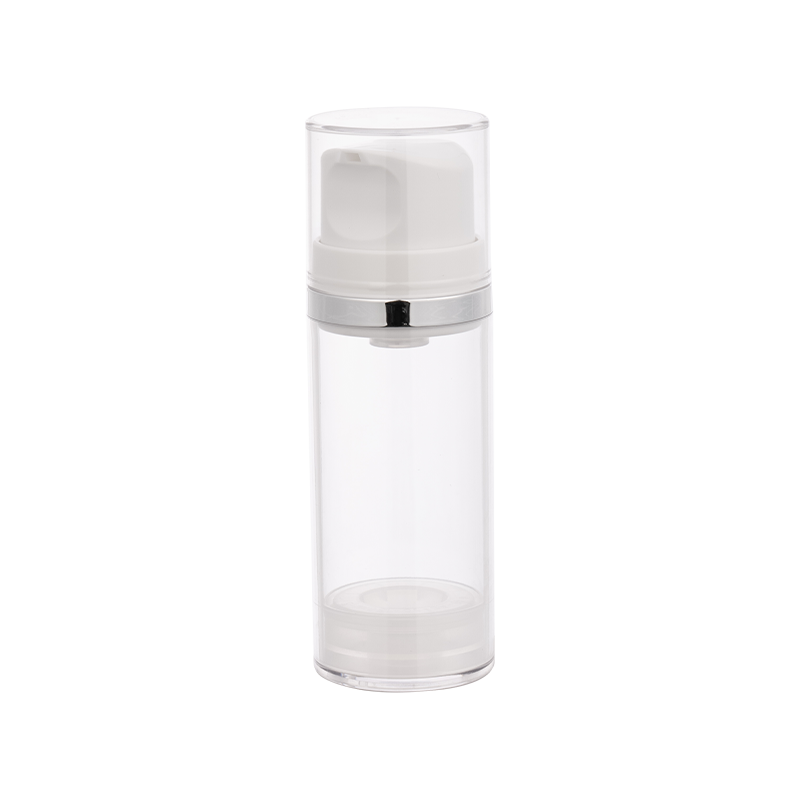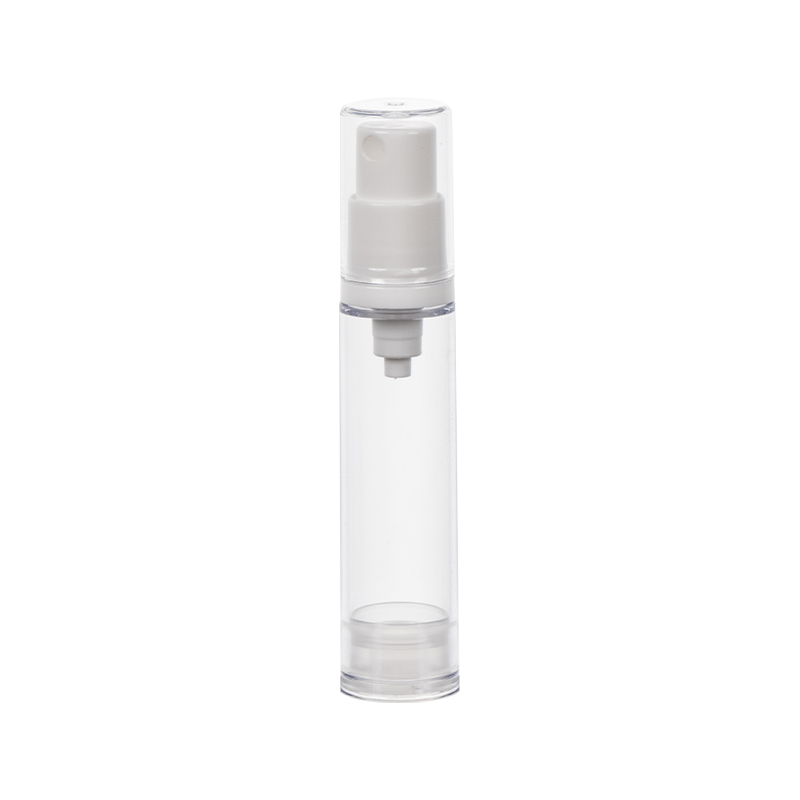Do cosmetic jars release harmful substances when exposed to high temperatures?
Sep 26, 2025
1. Ordinary plastic cosmetic jars (such as PP and PE)
When exposed to temperatures above 60°C, some plastics release harmful substances such as plasticizers and bisphenol A, which may cause skin irritation.
2. Risks of PET jars
Although PET has a high thermal decomposition temperature, trace amounts of acetaldehyde and other migratory substances may still be released when exposed to temperatures of 50–60°C for a long time. Avoid direct sunlight or high temperatures in cars.
3. Safety of glass jars
Glass releases virtually no harmful chemicals at high temperatures. The only concern is preventing breakage due to thermal shock.
4. Protective measures
Use materials that are certified for food or cosmetics grades; indicate "Do not store above 60°C" on the packaging and provide sun- and heat-resistant packaging.
Can using a cosmetic spoon or special dispenser stick significantly extend the shelf life of the product in the jar?
1. Reducing microbial contamination
Direct finger contact can introduce bacteria and dust into the jar, becoming a major source of product deterioration. Using clean cotton swabs, cosmetic spoons, or specialized dispensing sticks can effectively prevent this type of contamination.
2. Maintaining a tight seal on the packaging
Using a dispensing tool eliminates the need for frequent opening of the lid or direct finger insertion, reducing the amount of air entering the can and thus reducing the rate of oxidation.
3. Actual Effects of Extending Product Lifespan
Surveys show that users of specialized dispensing sticks extend the shelf life of their creams, serums, and other products by an average of 20%–30%.
4. Cleaning and Replacement of Accessories
It is recommended to disinfect the dispensing stick between each use, or use disposable cotton swabs, to further enhance product protection.


 English
English 中文简体
中文简体


